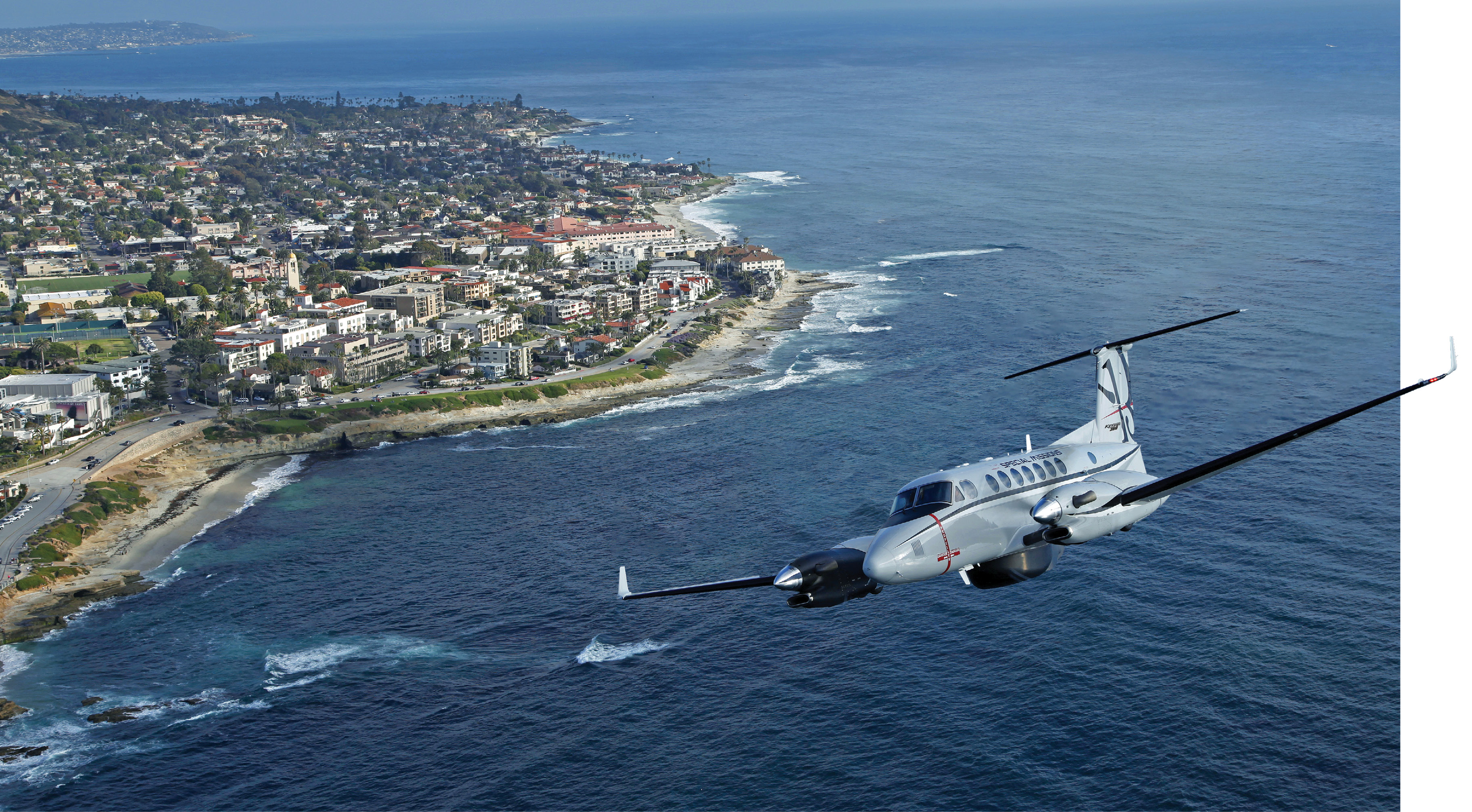It would be virtually impossible to live in the Wichita region and not know people who work in the aerospace industry. Kansas’ biggest metro, with nearly 400,000 residents, is home to Boeing, Spirit Aerosystems, Textron Aviation (producer of Cessna, Hawker and Beechcraft aircraft), Airbus and Bombardier Learjet. Those are just the big names. The Air Capital of the World is also home to more than 450 suppliers. These include LMI Aerospace, Collins Aerospace and Cadence Aerospace.
According to the Aerospace Industries Association (AIA), aerospace and defense companies in Kansas employed 65,152 in 2021 — 34,423 in direct employment and 30,729 in supply chain employment. AIA says the sector’s economic output in 2021 was more than $24 billion; it contributed 5.36% of the state’s total GDP.
Not all aerospace companies in Kansas are in the Wichita metro. In October 2022, Pinnacle Aerospace, LLC, announced a $14.7 million plant in Wellington, 30 miles south of Wichita and close enough to take advantage of its industry cluster assets. The project will create 155 new jobs. Scott Brown, president of Pinnacle Aerospace, credited the area’s in-place workforce as the main location driver.
Back in Wichita, Mid-Continent Instruments and Avionics will expand its headquarters by 28,000 sq. ft. at Jabara Airport, a general aviation airport northeast of the city.
“We invest heavily in research and development to propel our industry forward,” said Todd Winter, president and CEO of Mid-Continent Instruments and Avionics, at the announcement. “Expanding our company allows us to grow our manufacturing facilities, in-house design, testing capabilities and engineering department. This will attract new talent and add well-paying aviation jobs in the Air Capital.”
Quickstep, an Australian maker of aerospace composites, has picked Wichita as the location for its first U.S. manufacturing and engineering facility. “The state government offered a compelling investment case to choose Kansas as a competitive, high-quality location for aerospace business operations with a depth of technical capability, potential partners and market opportunities,” explained Quickstep Managing Director Mark Burgess in a release.
Aviation Cluster Assets
Wichita has one of the highest concentrations of engineers in the U.S. at roughly 11,000. That’s a huge draw for aerospace companies like Airbus, which in 2017 opened its Airbus Americas Engineering Center on Wichita State University’s (WSU) Innovation Campus. Textron Aviation and Spirit Aerosystems are among other aerospace-related Innovation Campus partners.
Also in Wichita is the National Center for Aviation Training on the WSU Campus of Applied Sciences and Technology. WSU’s National Institute for Aviation Research (NIAR) can also be found on the WSU Tech’s campus and at other locations in Wichita. It employs 1,400 and occupies 12 million sq. ft. of office and lab space. NIAR areas of expertise include aerodynamics, composites and advanced materials, flight simulation, structural testing and wind tunnel testing, among others.
In addition to Jabara Airport, where Embraer and Cessna operate service centers, Wichita’s Dwight D. Eisenhower National Airport is the metro’s commercial airport. It’s also Textron Aviation’s headquarters and the location of one of its major general aviation MRO facilities. In October, the Kansas Department of Commerce officially recognized Textron’s two-year Maintenance and Paint Apprenticeship programs as state registered.
“Textron Aviation has long been committed to building educational and community collaborations that benefit our employees, company, region and the State of Kansas, particularly in developing a skilled workforce that maintains our advantage in a competitive, global market,” said Maggie Topping, senior vice president, Human Resources and Communications, in Textron Aviation’s news release. “These apprenticeships are another way we provide employees a solid foundation for success and ongoing support throughout their careers. Participants not only gain valuable education and training, but they also receive a salary and benefits while they learn.”
Five Wichita aerospace entities, the Salina Airport Authority and an Olathe-based aerostructures manufacturer were awarded nearly $20 million cumulatively in June for aviation workforce development programs through the Department of Commerce’s Aviation Learning Opportunities & Funded Training (ALOFT) program.
It’s another example of how Kansas is investing in its aerospace and defense workforce to keep Kansas at the forefront of this critical and globally competitive industry.

